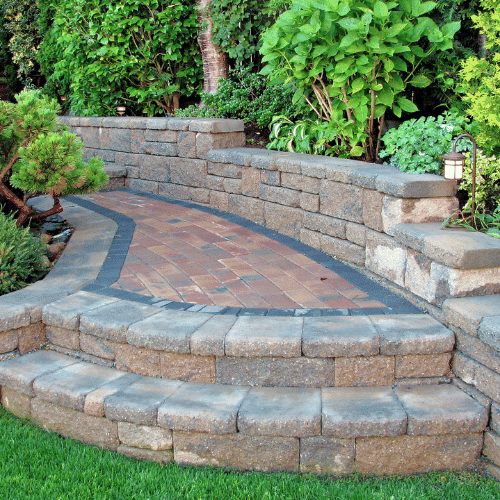The Ultimate Guide to Landscape Construction
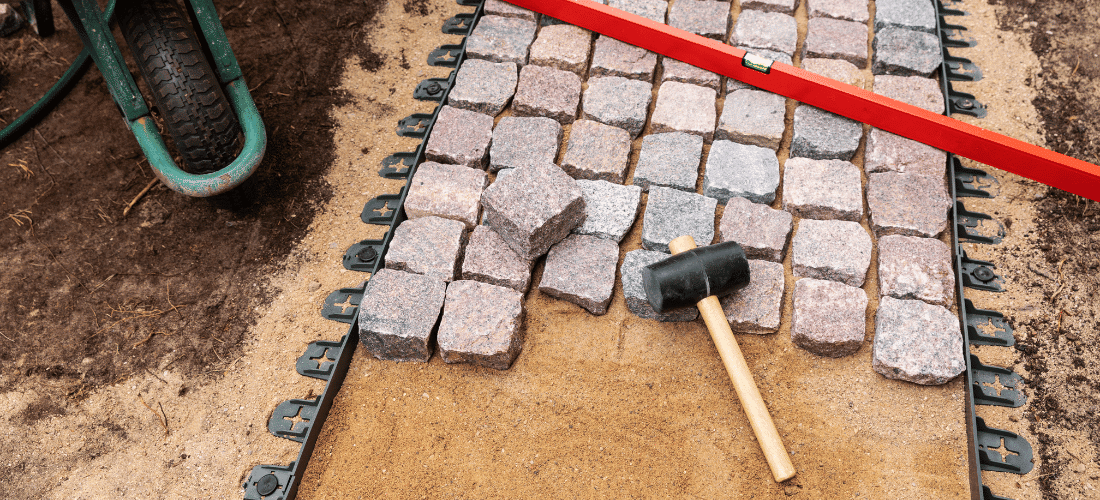
Landscape construction transforms outdoor spaces into beautiful and functional areas that enhance your living environment. Whether you’re looking to create a serene garden, a lively entertainment area, or a sustainable landscape, understanding the essentials of landscape construction is key to achieving your goals.
This guide will cover:
- The fundamentals of planning and executing a landscape construction project.
- How to choose the right materials and plants for your specific needs.
- Tips for maintaining your newly constructed landscape to ensure longevity and beauty.
With the right knowledge and approach you can start on your landscape construction project confidently, creating an outdoor space that reflects your vision and enhances your quality of life. Let’s dive into the essentials of landscape construction and uncover the secrets to transforming your outdoor spaces.
Different Types of Landscape Construction Projects
Landscape construction is not just about planting a few flowers or laying down some sod; it’s an art and science that combines structural elements, horticulture, and design principles to create outdoor spaces that are both beautiful and functional. Landscape construction is about enhancing the natural beauty of an area while making it more usable and sustainable for its intended purpose.
Whether it’s a residential garden, a public park, or a commercial property, every landscape construction project aims to improve both the aesthetic appeal and the functionality of the space.
Landscape construction encompasses a wide range of project types, each with its own specific goals and requirements. Some of the most common types include:
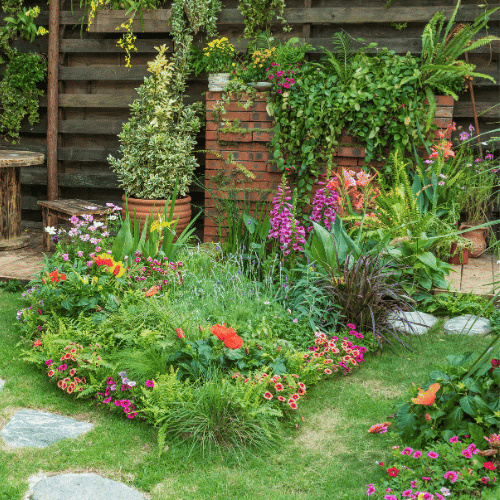
Softscaping
The opposite of hardscaping, softscaping involves the incorporation of living elements into the landscape. This includes planting trees, shrubs, flowers, and grass. Softscaping is crucial for adding life and color to a space, as well as for environmental benefits like improving air quality and supporting local wildlife.
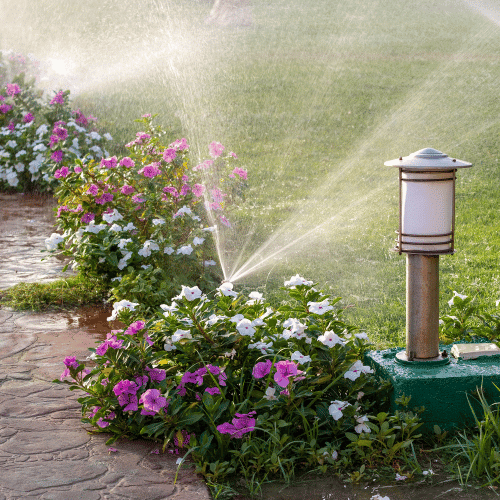
Irrigation Systems
An efficient irrigation system is essential for the health and maintenance of your landscape. Proper irrigation ensures that plants receive the right amount of water, saving time and resources while promoting sustainability.
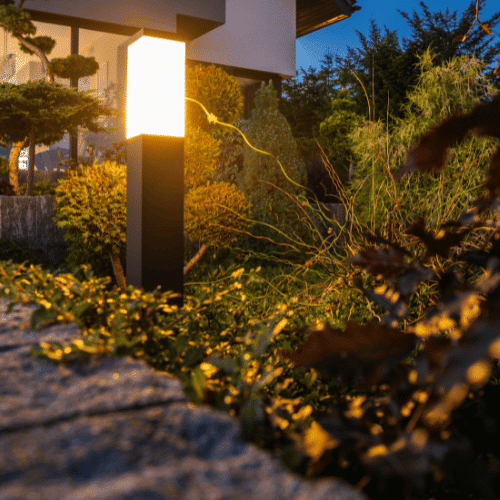
Outdoor Lighting
Lighting is used to enhance the beauty of a landscape at night, improve safety, and extend the usability of outdoor spaces after dark. Strategic lighting can highlight architectural features, garden paths, or specific plants.
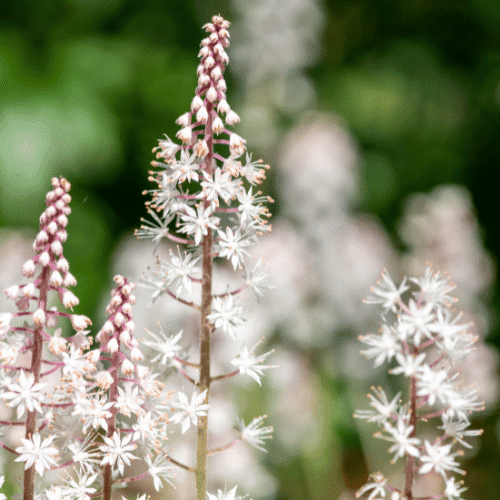
Sustainable Landscapes
Increasingly, landscape construction projects are focusing on sustainability. This includes using native plants that require less water, incorporating permeable paving to reduce runoff, and implementing rain gardens to capture and filter rainwater.
Understanding the scope and variety of landscape construction projects is the first step in planning your own. Each type offers unique benefits and challenges, and the right choice depends on your specific needs, preferences, and the characteristics of your site.
Planning Your Landscape Construction Project
A successful landscape construction project begins long before the first shovel hits the ground. Planning is an important step to make sure your project meets your expectations, stays within budget, and is completed on time. Here are the key steps to planning your landscape construction project effectively:
Steps to Plan a Successful Landscape Construction Project
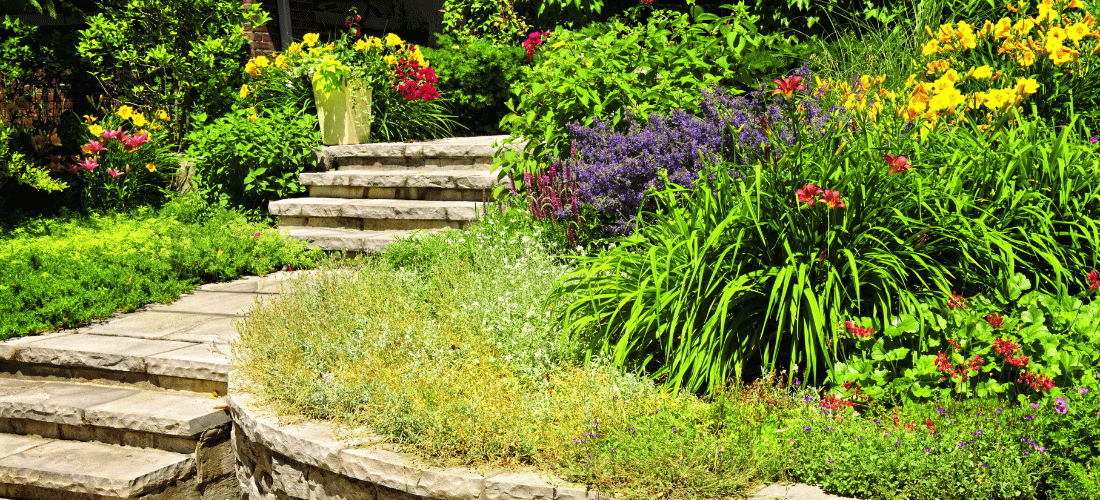
1. Define Your Vision: Start by clarifying what you want to achieve with your landscape project. Consider how you intend to use the space, the style you prefer, and any specific features you desire. Creating a mood board with images and ideas can help solidify your vision.
2. Assess Your Site: Every piece of land has its unique characteristics—soil type, sun exposure, topography, and existing vegetation. A thorough site assessment helps identify opportunities and constraints, guiding the design and selection of plants and materials.
3. Set a Budget: Landscape construction can vary widely in cost, so setting a realistic budget is essential. Remember to account for materials, labor, and any unexpected expenses. A clear budget will help you make informed decisions throughout the project.
4. Create a Detailed Plan: With your vision and site assessment in hand, you can start detailing your project. This includes designing the layout, choosing materials and plants, and scheduling the work. Professional landscape design software or the help of a landscape architect can be invaluable at this stage.
5. Understand Legal Requirements: Check local zoning laws, building codes, and homeowners association guidelines to ensure your project complies. You may need to obtain permits for certain aspects of your project, such as electrical work or structures.
6. Choose the Right Contractors: If you’re not going the DIY route, selecting the right professionals is critical. Look for licensed, insured contractors with experience in the type of project you’re undertaking. Get multiple quotes and check references before making your decision.
How to Set a Budget and Timeline
Proper planning is the backbone of any successful landscape construction project. By taking the time to carefully consider each step, you can ensure that your project not only meets but exceeds your expectations, providing you with a space that you and your family can enjoy for years to come.
Beyond the initial cost estimate, include a contingency fund of 10-20% for unforeseen expenses. Consider phases of construction if budget constraints require prioritizing certain elements over others.
Be realistic about the timeline, especially considering factors like weather, availability of materials, and contractor schedules. Communicate your timeline expectations with your contractors and plan for some flexibility to accommodate delays.
Choosing the Right Materials and Plants
The materials and plants you select for your landscape construction project play a significant role in its overall success and sustainability. Not only do they determine the aesthetic appeal of your outdoor space, but they also impact maintenance requirements and the longevity of your landscape.
Materials Used in Landscape Construction
Materials in landscape construction can range from natural to man-made, each offering different aesthetics, durability, and maintenance levels. Key materials include:

Stone and Gravel
Used for pathways, patios, and decorative elements, stone and gravel come in various colors and textures. They offer durability and low maintenance but can vary in price.
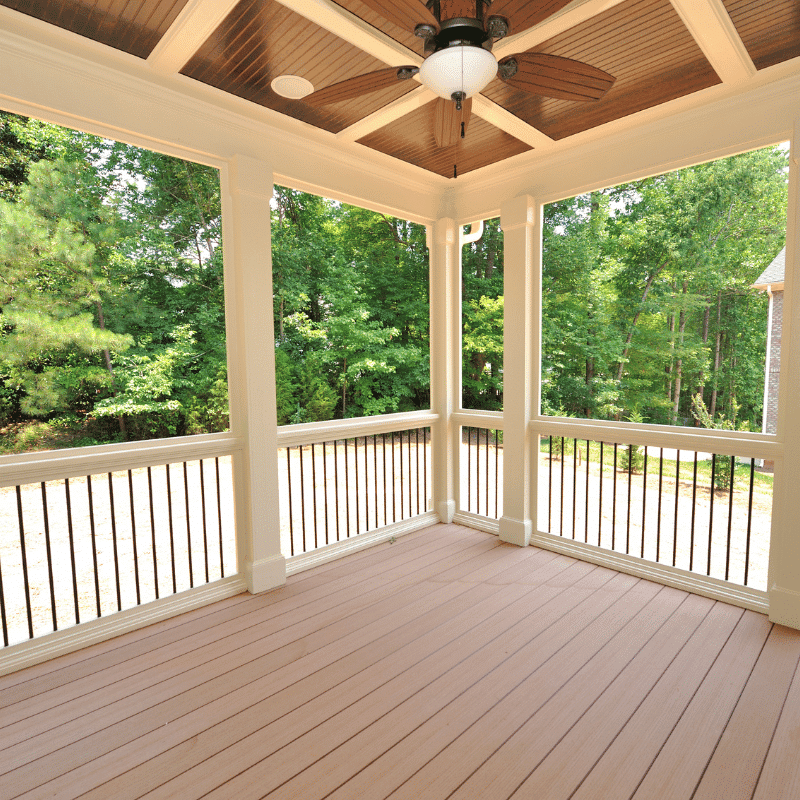
Wood
Ideal for decks, fences, and arbors, wood adds warmth and natural beauty. Choose sustainably sourced wood and consider weather resistance and maintenance needs.
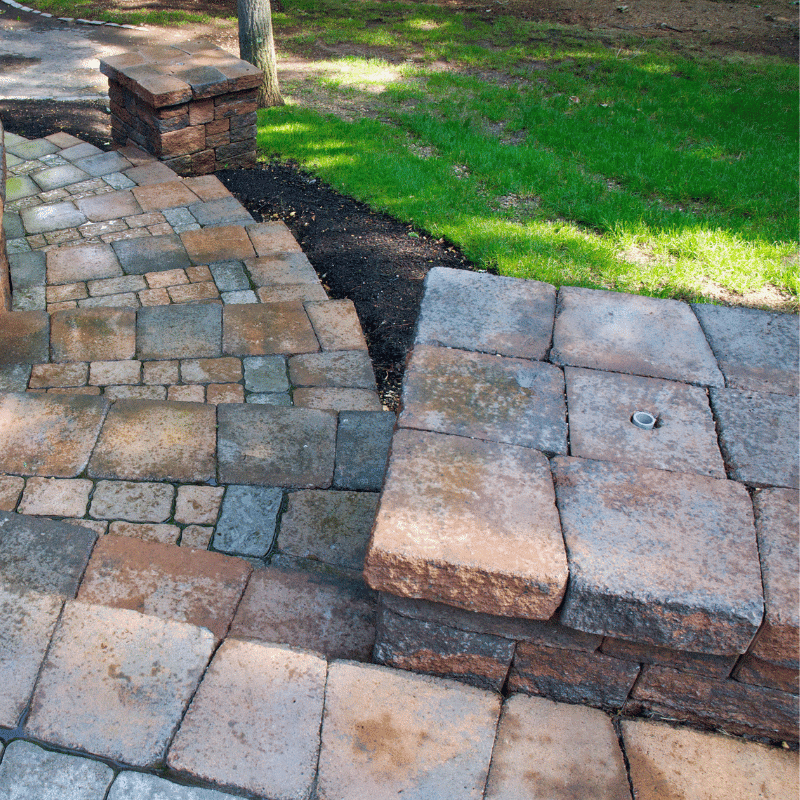
Pavers and Concrete
Pavers offer versatility in design, while concrete is prized for its durability and low cost. Both are excellent for constructing patios, driveways, and walkways.
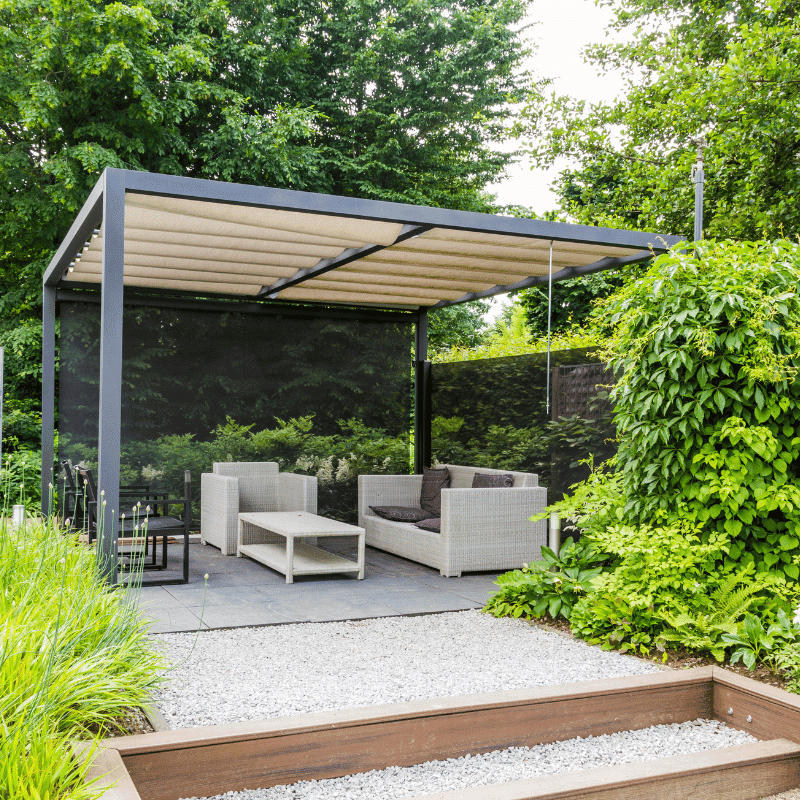
Metal
Used for structural elements, edging, and decorative accents, metals like steel and aluminum provide durability and a modern look but may require more investment.
Selecting the Right Plants for Your Landscape
Choosing the right plants involves more than just picking what looks good. Consider the following:
Climate and Soil
Select plants that thrive in your area’s climate and soil conditions. New Hampshire native plants are often more resilient and require less water and maintenance.
Sunlight
Understand the sun exposure of your landscape. Choose sun-loving plants for bright areas and shade-tolerant plants for less exposed parts.
Water Requirements
Opt for drought-tolerant plants in arid regions to reduce water usage. Consider installing a smart irrigation system for efficient watering.
Maintenance
Be realistic about the amount of maintenance you can manage. Low-maintenance plants can be just as beautiful while saving you time and effort.
Purpose
Decide on the function of your plants. Do you need privacy hedges, ground cover to prevent erosion, or colorful flowers to enhance aesthetics? Each choice will guide your plant selection.
Combining the right materials and plants according to your landscape’s specific conditions and your preferences can create a harmonious and sustainable outdoor space. The materials provide the foundation and structure, while plants bring life and color, together creating a cohesive and beautiful landscape that meets your aesthetic and functional needs.
Hiring Professionals vs. DIY Landscape Construction
When planning a landscape construction project, one of the most significant decisions you’ll face is whether to hire professional landscapers or to take on the project yourself. Obviously we’re biased towards hiring a professional and we recommend you contact us immediately for your landscape construction project.
The reality is that both options have their pros and cons, and the right choice depends on various factors including your budget, skills, the complexity of the project, and whether or not you want to do all the hard work.
Pros and Cons of Hiring Professional Landscapers
Pros:
- Expertise and Experience: Professional landscapers bring years of experience and knowledge to your project, ensuring high-quality work that adheres to industry standards.
- Time-Saving: Hiring professionals can significantly reduce the time it takes to complete your project, allowing you to enjoy your new outdoor space sooner.
- Access to Professional Equipment: Professionals have the right tools for every job, which can make the construction process more efficient and can often lead to better results.
Cons:
- Cost: The most significant downside of hiring professionals is the cost. Professional landscaping services can cost more than DIY, especially for large or complex projects.
- Less Personal Involvement: While hiring professionals means less physical work for you, it also means less hands-on involvement in creating your outdoor space.
Pros and Cons of DIY Landscape Construction Projects
Pros:
- Cost Savings: By doing the work yourself, you can save on labor costs. This budget can be redirected into higher quality materials or additional features.
- Personal Satisfaction: There’s a unique sense of accomplishment and personal satisfaction that comes from creating something with your own hands. That’s why we do this!
Cons:
- Time and Effort: DIY projects can take significantly longer to complete, especially if you’re learning as you go.
- Potential for Mistakes: Without the proper knowledge and experience, there’s a higher risk of mistakes, which can sometimes lead to additional costs or the need to redo work.
No matter which route you choose, thorough planning and preparation are key to ensuring the success of your landscape construction project. By weighing the pros and cons and considering your situation, you can make an informed decision that best meets your needs and leads to a beautiful, functional outdoor space.
Common Mistakes to Avoid in Landscape Construction
Even with careful planning and the best intentions, landscape construction projects can encounter issues. Being aware of these common mistakes can help you steer clear of them, saving time, money, and frustration.
Common Landscaping Mistakes
- Poor Planning: The most fundamental mistake is inadequate planning. Neglecting to thoroughly plan the project scope, design, budget, and timeline can lead to significant problems down the line.
- Underestimating Costs: It’s easy to overlook certain expenses in the excitement of planning. Always include a contingency budget for unexpected costs to avoid financial strain.
- Ignoring Climate and Soil Conditions: Choosing plants or materials that aren’t suited to your local climate and soil can result in a landscape that is difficult to maintain and may not thrive.
- Overlooking Functionality: While aesthetics are important, don’t forget about the practical aspects of your landscape. Ensure there is a balance between beauty and usability.
- DIY Overreach: Taking on more than you can handle or understand can lead to subpar results. Recognize when it’s time to call in professionals for certain aspects of the project.
How to Avoid These Mistakes
- Invest in a Detailed Plan: Spend ample time during the planning phase, considering all aspects of the project. Consulting with a landscape designer or architect can provide valuable insights.
- Realistic Budgeting: Research costs thoroughly and consult with professionals to get accurate estimates. Include a buffer of at least 10-20% for unforeseen expenses.
- Choose Appropriate Plants and Materials: Select plants and materials that are known to perform well in your area. Local nurseries and landscape professionals can offer guidance.
- Functionality First: Consider how you will use the space before worrying about design. Plan for walkways, seating areas, and privacy elements as needed to create a functional outdoor living area.
- Know Your Limits: Recognize the complexity of the tasks you’re planning to undertake. For specialized work like electrical installations or structural changes, hiring experts is often the best approach.
By being mindful of these common mistakes and taking proactive steps to avoid them, you can ensure that your landscape construction project is a success. Planning carefully, making informed choices, and knowing when to seek professional help are key to creating a landscape that meets your aesthetic goals while being functional and sustainable.
Sustainability in Landscape Construction
Sustainability in landscape construction is about creating outdoor spaces that are in harmony with the local environment, conserve resources, and provide ecological benefits. By focusing on sustainable practices, homeowners and developers can contribute to environmental conservation while enjoying beautiful and functional landscapes. Here are some key considerations for incorporating sustainability into your landscape construction project:
Incorporating Sustainable Practices into Landscape Construction
- Use Native Plants: Native plants are adapted to the local climate and soil conditions, requiring less water, fertilizers, and pesticides. They also provide essential habitat for local wildlife.
- Implement Water Conservation Techniques: Techniques such as rainwater harvesting, drip irrigation, and the use of drought-tolerant plants can significantly reduce water usage in landscapes.
- Choose Sustainable Materials: Opt for locally sourced, renewable, or recycled materials for construction and landscaping. This reduces the carbon footprint associated with transporting materials and supports sustainable resource use.
- Promote Soil Health: Practices such as composting and using organic mulches not only improve soil health but also reduce waste and chemical use, promoting a healthier ecosystem.
- Incorporate Permeable Paving: Using permeable materials for pathways and patios allows water to infiltrate the ground, reducing runoff and promoting groundwater recharge.
Benefits of Sustainability for the Environment and Your Project
- Environmental Protection: Sustainable landscaping helps protect and restore biodiversity, supports pollinators, and contributes to cleaner air and water.
- Reduced Maintenance: Landscapes designed with sustainability in mind often require less maintenance, saving time and resources in the long run.
- Increased Property Value: Sustainable landscapes are increasingly valued for their aesthetic appeal and environmental benefits, potentially increasing property value.
By embracing sustainability in landscape construction, you can create a space that not only meets your aesthetic and functional needs but also contributes positively to the environment. Sustainable landscapes are a testament to the synergy between human needs and ecological stewardship, offering a resilient and beautiful solution for outdoor spaces.
Maintenance Tips for Your Newly Constructed Landscape
After investing time, effort, and resources into your landscape construction project, regular maintenance is key to preserving its beauty and functionality. Here are essential tips to help you keep your landscape in top condition:
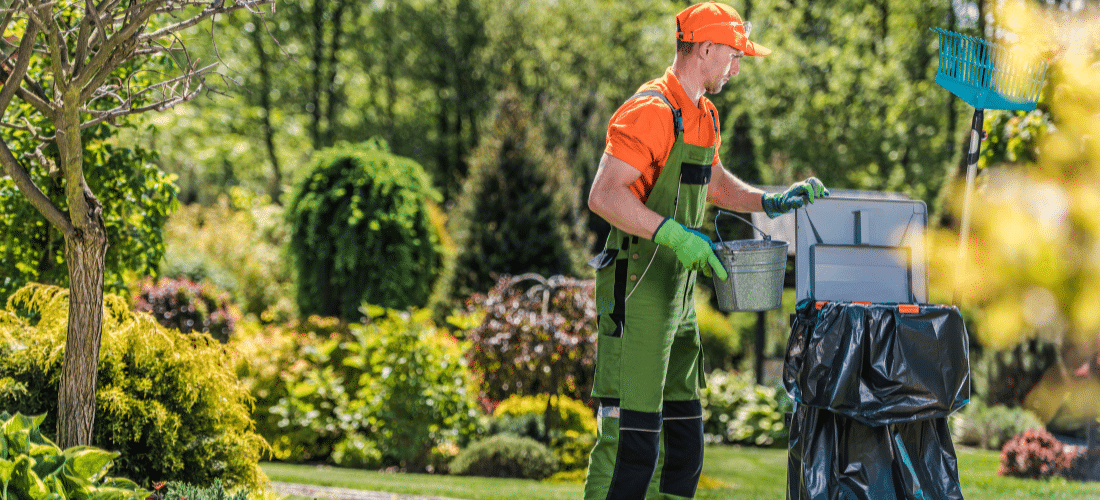
Water Wisely: Over or under-watering can harm plants. Use a drip irrigation system for efficiency and adjust watering schedules based on seasonal needs. Consider installing a smart irrigation controller that adjusts watering based on weather conditions.
Prune and Trim: Regular pruning helps maintain plant health and desired shapes. Trim overgrown bushes and trees to prevent them from overshadowing other plants or obstructing paths.
Control Weeds: Weeds compete with your plants for nutrients and water. Mulching and regular weeding can help control their growth. Opt for natural weed control methods to minimize chemical use.
Fertilize Appropriately: Use compost or organic fertilizers to nourish your plants. Over-fertilizing can lead to rapid, weak growth and can harm the environment. Test your soil to understand its nutrient needs.
Monitor Plant Health: Keep an eye out for signs of disease or pest infestations. Early detection and treatment can prevent spread and damage. Use eco-friendly pest control methods whenever possible.
Seasonal Care: Adjust your maintenance practices with the seasons. Prepare your landscape for winter by protecting sensitive plants and ensuring proper drainage to prevent freezing damage. In spring, aerate your lawn and refresh mulch layers.
Seasonal Maintenance Checklist
Spring: Plant annuals, apply mulch, start regular mowing and watering.
Summer: Monitor watering needs, manage pests, and keep up with weeding.
Fall: Plant trees and perennials, aerate the lawn, and prepare plants for winter.
Winter: Protect plants from cold, prune trees and shrubs, plan for the next season.
By following these maintenance tips, you can ensure that your landscape remains a vibrant and welcoming space year-round. Regular care not only enhances the visual appeal of your property but also supports the health and longevity of your plants and landscaping elements.

